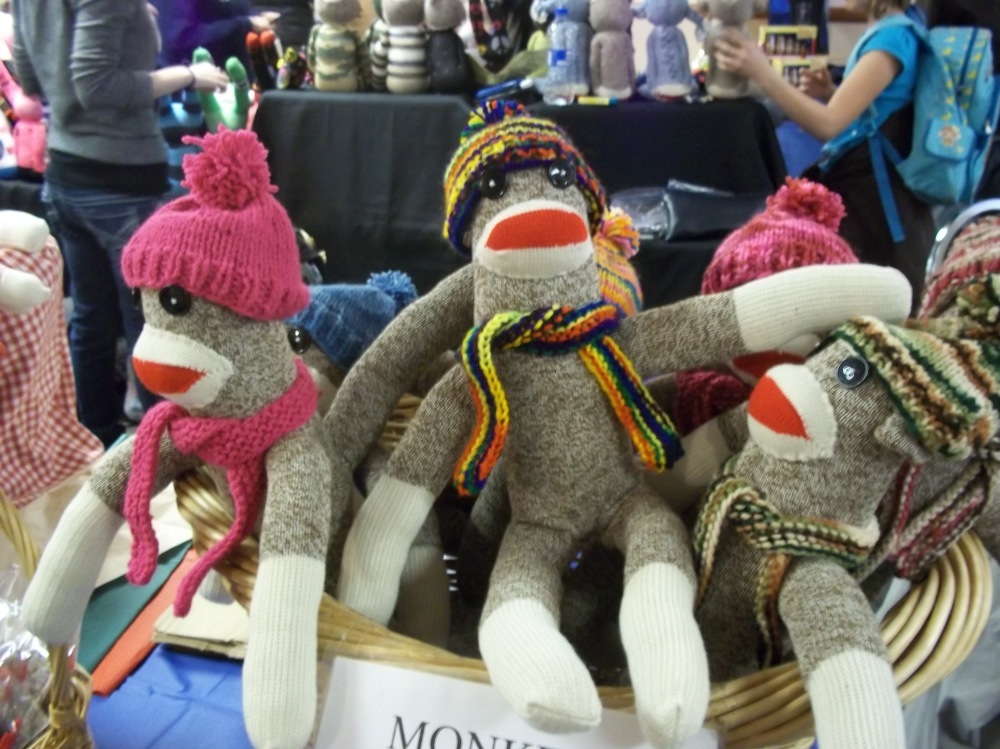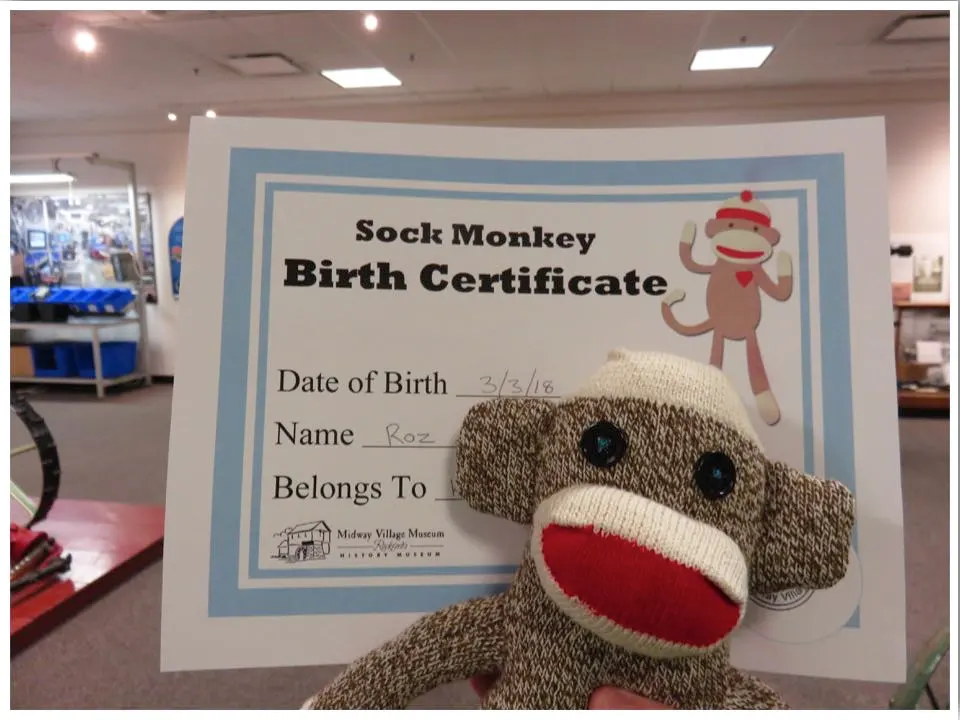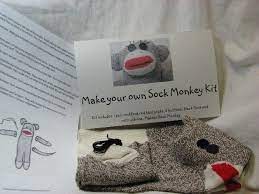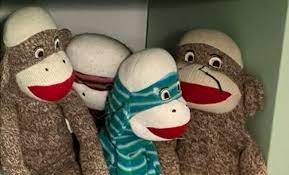Table of Contents
Introduction
Sock monkeys have been a beloved part of childhoods for generations. What began as a crafty way to repurpose old socks during the Great Depression has evolved into an enduring symbol of nostalgia, creativity, and cultural significance. In this article, we delve into the rich history, evolution, and cultural impact of sock monkeys, exploring how these humble toys have captured the hearts of people worldwide.
Origins and History

The origins of the sock monkey can be traced back to the early 20th century in North America. During the Great Depression, money was scarce, and people had to make do with what they had. Socks, often worn until they were beyond repair, became a valuable resource for crafting. Families would repurpose worn-out socks by turning them into toys, including the now-iconic sock monkey.
The classic sock monkey design features a simple yet charming aesthetic: a stuffed monkey made from a pair of socks, with button eyes, a red yarn mouth, and often a pom-pom hat. Its appeal lies in its handmade quality and endearing imperfections, making each monkey unique.
Evolution of the Sock Monkey
Over the decades, the sock monkey has evolved from a homemade toy into a commercialized product. In the mid-20th century, toy manufacturers began producing sock monkeys on a larger scale, introducing variations in size, color, and design. The classic brown and white color scheme remained popular, but new iterations emerged, including brightly colored monkeys with patterned socks.
Despite these commercial adaptations, many people continue to cherish handmade sock monkeys for their nostalgic charm and personal touch. DIY enthusiasts and crafters have kept the tradition alive, sharing patterns and tutorials online and at craft fairs.
Cultural Significance

The sock monkey has transcended its origins as a children’s toy to become a cultural icon with widespread recognition. Its timeless appeal has led to its incorporation into various forms of media, including literature, film, and advertising. Sock monkeys have appeared in children’s books, animated television shows, and even as mascots for brands.
Moreover, the sock monkey has become a symbol of resilience and creativity. Its humble origins during a time of economic hardship serve as a reminder of the human capacity to find joy and resourcefulness in challenging circumstances. The enduring popularity of the sock monkey speaks to its ability to evoke feelings of nostalgia and comfort in people of all ages.
Contemporary Influence

In the digital age, the sock monkey has found new life online, with social media platforms showcasing a myriad of sock monkey creations. From intricately designed plush toys to whimsical artwork featuring sock monkeys, enthusiasts around the world continue to find innovative ways to reinterpret this classic toy.
Furthermore, the sock monkey has become a staple in pop culture, appearing in fashion, home decor, and even as a symbol of protest. Its versatility and recognizability make it a potent symbol for various causes and movements, from environmental activism to social justice.
Conclusion
In conclusion, the sock monkey stands as a testament to the enduring power of creativity, nostalgia, and resilience. What began as a simple craft project during a time of hardship has blossomed into a cultural phenomenon cherished by people around the world. Whether handmade or commercially produced, the sock monkey continues to captivate hearts and inspire creativity, reminding us of the joy to be found in the simplest of pleasures.
For More Information Please Visit These Websites Mindmeister And Arturia

